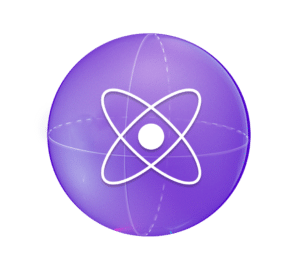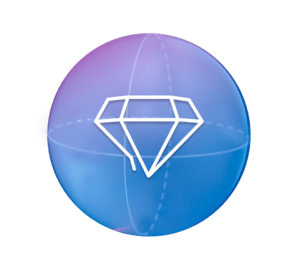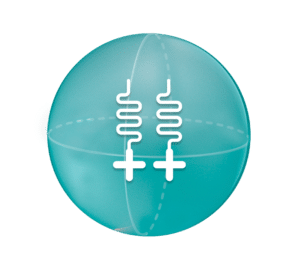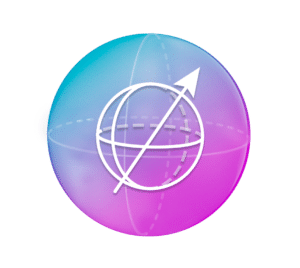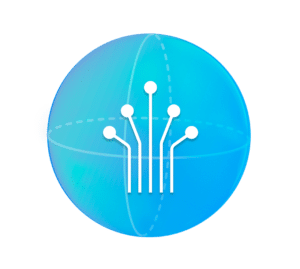5 Qubit Advancements that Bring Practical Quantum Computing Closer to Reality
Qubits, the quantum-mechanical information units that are to quantum computers as bits are to classical computers, are one of the most basic elements of quantum computing.
Yet, they’re also one of the most complex. In fact, the industry has yet to agree on the fundamentals of how qubits should be processed and managed. There are a number of different qubit types, technologies & approaches, each with different pros and cons. For example, some qubit types lend themselves to high scalability but are subject to greater levels of noise interference.
Here’s Why Quantum Control Is Key to Qubit Scalability
Figuring out which type of qubit is best – or finding ways to leverage multiple qubits simultaneously – will be critical to driving the quantum ecosystem forward and achieving practical quantum computing.
We can’t tell you which qubit is the best (that’s a story for another blog) or which the industry will settle on as standard. But we can highlight different qubit approaches that reflect recent advancements in quantum computing. Keep reading for a look at some of the latest innovations in qubit technology.
Mid-Circuit Measurements Demonstration on Neutral Atoms
The recent demonstration of mid-circuit measurements on neutral atom qubits represents a significant advancement in quantum research. Mid-circuit measurements are crucial for quantum error correction, teleportation and other applications, and their implementation on neutral atom platforms has been a challenge as the standard measurement protocol is global and destructive.
Prof. Mark Saffman and his team at the University of Wisconsin-Madison devised a clever shelving protocol that successfully addresses the challenge of protecting data qubits from scattered photons while precisely measuring the ancilla qubits.
This advancement paves the way for measurement-based quantum computation with neutral atom arrays and brings us closer to practical quantum advantage. At Quantum Machines, we’re proud that the OPX was involved in this recent breakthrough!
Quantum Computing with NV Centers
Nitrogen vacancy (NV centers) defects are points within a diamond lattice that can serve as isolated single-spin systems. The fluorescence state of NV centers can be used to track spin states, which makes NV centers useful as a medium for working with qubits.
NV centers, the stars of the quantum photonics field, are at the center of two recent advancements in photonics quantum computing. One, which was described in a May 2022 paper, involves transferring quantum states between non-neighboring nodes via quantum teleportation. This is a big deal because it’s a step toward long-distance quantum communication. This has several potential applications, such as more secure communication and increased efficiency, as the processing power of multiple quantum computers located in different places could be combined to solve complex problems. Check out or solution page for optically addressable qubits.
The other advancement, also published in May 2022, uses a 7-qubit register to create fault-tolerant logical qubits that outperform non-fault-tolerant schemes. The major item to note here is that this approach brings the industry closer to being able to move solid-state spin qubits from the physical qubit level to the logical qubit level, which in turn will help to usher in error-corrected quantum computation on a large scale.
Improved Superconducting Qubit Control
Superconducting qubits leverage materials with superconducting electromagnetic properties (meaning they can transfer electric charges with minimal resistance) to implement qubits.
This approach is not new, but it was at the heart of advancements detailed in November 2022, where researchers discovered a method for correcting quantum errors faster than they appear. This study highlights three important findings:
- By reducing decoherence and energy relaxation to the auxiliary transmon, the bosonic qubit has much better coherence and lifetime.
- An FPGA was needed to achieve nanosecond scale feedback as well as coupling classical processing with machine learning.
- It’s possible at least to break even in the lifetime of the bosonic encoding compared to the Fock and qubit states.
The short takeaway from all of the above is that superconducting qubits are becoming more practical, thanks to better error correction – A huge advancement for the development of practical quantum computing.
Spin Qubits and Quantum Computing
The spin of an electron or an atomic nucleus can be used as a qubit. In silicon, a widely available semiconductor, qubits can be localized either by implanting donor atoms with a spin and an extra electron. This can also be achieved by fabricating electrodes using the same techniques as the semiconducting industry and biasing them to pull a single electron from the crystal. Once perfected, spin qubits can scale up massively with existing nanofabrication techniques. Thanks to their small footprint, this architecture allows for dense packaging.
Like any qubit, however, spin qubits must achieve error correction schemes where qubit control fidelities meet or exceed a high threshold –99 percent or better – to ensure that correction occurs faster than error creation. Single qubit gates meet this threshold, but it has traditionally presented a considerable challenge for gates between two different spin qubits.
That has changed, however, thanks to three papers, one on quantum logic with spin qubits, another on universal gate fidelity beyond the fault-tolerance threshold, and another on scalable quantum information processing using donor nuclear and electron spins. Together, these significant developments demonstrate 2-qubit gate fidelities above the fault-tolerance threshold, highlighting the newfound feasibility of spin-based QPUs.
These results pave the way toward a persistent engineering effort of scaling up QPUs based on spin qubits, which was demonstrated in another recent publication that discussed a 6-qubit spin-based QPU (one of the largest to date).
Photonics and Qubit Control
Photonic qubits are encoded in photons, single particles of light. This approach to qubits is less well-developed than others, but a June 2022 article suggests that it holds great potential. The article describes the development of a programmable quantum photonics processor that achieved quantum computational advantage, surpassing the capabilities of classical computers in a specific task. Check out our solution page for optically addressable qubits.
The implications of this research for the future of quantum computing are significant, as it demonstrates the potential of photonics for scalable and fault-tolerant quantum computing. The ability to perform complex calculations that surpass the capabilities of classical computers could lead to breakthroughs in areas like cryptography, machine learning, and optimization problems.
Conclusion
Again, no one can yet say which qubit type or types will become the standards. But the research we’ve highlighted shows that important progress is being made on the qubit front. Coupled with other key thrusts – like enhanced classical-quantum integration – these advancements mean that practical quantum computing is now visible on the horizon.
Learn more about why electrical qubit control has the potential to revolutionize quantum computing.
